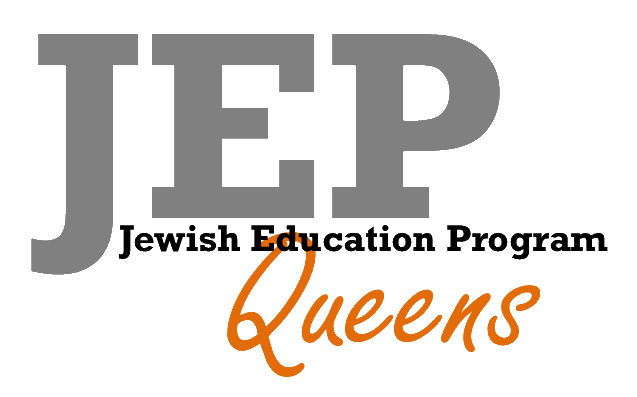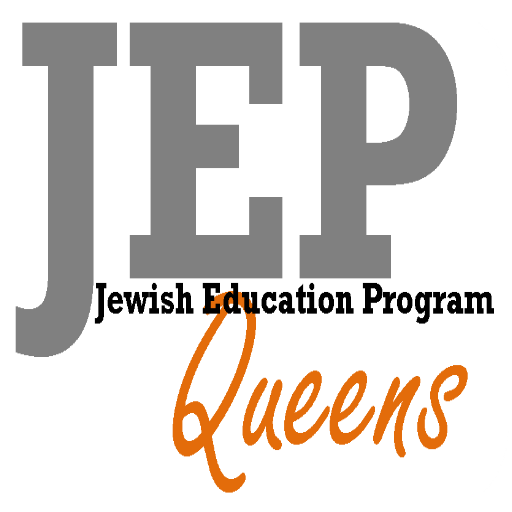Parshas Bamidbar
The Secret of Life-Found in the Tractate Bava Kama!
“The Tent of Meeting shall travel [along with] the camp of the Leviim in the center of the [other] camps, just as they camp so shall they travel….” (Bamidbar 2:17)
After WWII, when the Jews were freed from the concentration camps, many were placed in DP, Displaced Persons, camps. The Jews would often be in those camps for months until they could go on with their lives and emigrate to other countries. The needs in those camps were great. There was a need for kosher food, clothing, and medical help. Many Jews wanted help to find any relatives who may have survived the war. At that time, Rabbi Aaron Paperman was a pulpit rabbi in New Jersey. He heard that there was an opportunity to become a United States Army chaplain. Rabbi Paperman asked for advice from his rosh yeshiva, Rabbi Elya Meir Bloch. Rabbi Bloch told him to leave his position and become a chaplain. That would enable him to be in the position to help the Jewish survivors. Rabbi Paperman indeed became a chaplain and helped many Jews in various ways. One Jewish man, Yitzchok Sieger, approached Rabbi Paperman with a very unusual request. He asked if Rabbi Paperman could get him a Gemora Bava Kama (a volume of the Talmud). Rabbi Paperman was shocked at this unusual request which ignored the basic needs that this man could have asked for. Yitzchok explained, “Four years ago I was in my kitchen in Hungary, and I was learning Bava Kama. The Nazis, yemach shemam, came and took me away. I haven’t seen a Gemora in four years. If you get me a Bava Kama, that’s all I need to get myself back to normal. With a Gemora I will be able to nurse myself back to health.” Rabbi Paperman knew of a nearby shul that had been ransacked but had not burned down. He went there and found the volume of the Talmud that Yitzchok had requested. Yitzchok gave Rabbi Paperman such a happy smile when Rabbi Paperman presented him with the Gemora. The effort was successful, and Yitzchok became rejuvenated. He eventually left the DP camp, went to America, married, and raised a family. The tranquility and serenity provided by his Torah study was the means that gave him the mental capacity to get his life in order. (In the Spirit of the Maggid by Rabbi Paysach Krohn)
The Chizkuni (Bamidbar 2:17; 10:33) says that the aron, the ark that proceeded the Jews into battle was constructed by Moshe Rabbeinu and contained the broken set of luchos (Ten Commandments).
The aron that was in the Mishkan (Tabernacle) was a different ark. It contained the second set, the set of unbroken luchos. That aron was always located in the center, with the people surrounding it on all sides. The Sforno (Bamidbar 2:17) says that regardless of whether the Mishkan was fully assembled or whether the Jews were traveling, and even when the Jews began camping after traveling, the aron always remained in the center of them.
There are two opinions in the Talmud (Jerusalem Talmud Eruvin 5A) that discuss the formation of how the Jews traveled in the desert. One opinion says that they traveled in a straight line. The other opinion says that they traveled in the same formation that they encamped, in a box formation. The above Sforno clearly follows the opinion that the Jews travelled in a box formation. Thus, even when traveling, the aron was in the center of the Jewish people.
The Chofetz Chaim zt”l (Chofetz Chaim on the Torah) says that since the Torah was in the aron in the Mishkan, it had to always be in the exact middle of the Jewish camp; not closer to one or further from another. This was so that all the Jews could have an equal share in it. Similarly, the Targum Onkelos (Bereishis 2:9) says that the eitz hachaim, the tree of life, in the Garden of Eden was in the exact middle of the garden. The Chofetz Chaim zt”l says that the Torah is the eitz chaim. The Torah gives us life! When we study the Torah diligently and observe it strictly, we receive spiritual reward. Even beyond that, it helps us overcome the hurdles of daily life. In a human body, life comes from the center of the body, from the heart, as it pumps blood throughout the body. Similarly, Torah is our eitz chaim, our lifeblood. Therefore, the Torah in its holy ark had to be in the middle of all the Jews.
“Rabbi Chananya ben Akashya said that Hashem wanted to confer merit upon the Jewish people; therefore, Hashem increased Torah and mitzvot for them.” (The final Mishna in Meseches Makkos. This Mishna is also repeated at the end of every perek of Pirkei Avos.)
The Sfas Emes says that the study of Torah and the performance of the mitzvos are Divinely conferred privileges, which we are fortunate to have.
The Torah is the source of spiritual and physical life for every single Jew.
It is equally accessible to each of us. Let’s take advantage of the golden opportunity!




